
The Prophecy is a richly illustrated fantasy adventure game developed by Coktel Vision, transporting players into a mysterious realm of ancient kingdoms, eccentric sorcerers, and ingenious puzzles. In the spirit of genre icons such as King’s Quest VI and The Legend of Kyrandia, this timeless quest blends narrative charm with intuitive point-and-click gameplay. Whether you choose to play The Prophecy online in your browser or experience it on original hardware, the game’s evocative art, memorable soundtrack, and cleverly layered riddles continue to captivate new generations of fantasy fans. Its balanced challenge and whimsical humor assure enduring appeal for puzzle aficionados worldwide.
In the vibrant early 1990s, French studio Coktel Vision—already celebrated for the playful Gobliiins trilogy—unveiled The Prophecy, a lavish point-and-click fantasy adventure designed for DOS computers. Distributed internationally under several labels, including Sierra On-Line in North America, the game landed during a golden era when VGA graphics, digitized speech, and CD-quality music were revolutionizing interactive storytelling. Unlike many contemporaries that leaned heavily on comedy or science fiction, The Prophecy embraced a classic fairy-tale atmosphere, inviting players to lift an ancient curse by gathering mystical stones before the third eclipse. Its cinematic intro, painterly backdrops, and fluid mouse interface instantly set it apart, forging a reputation as one of the most artistically ambitious titles of its day.
From the moment the game opens on a kingdom shrouded in perpetual twilight, The Prophecy establishes a sense of peril tempered by whimsy. Players step into the boots of the benevolent hero Ween—sometimes referenced only as the chosen one—whose destiny is foretold by the royal seer. Three sacred grains of sand must be delivered to a magical hourglass before the final eclipse darkens the land forever. Coktel Vision’s writers weave classic folklore motifs with original lore, filling every location with riddling monks, talking trees, and trickster spirits that would feel at home in a Brothers Grimm anthology yet remain unmistakably original.
The audiovisual presentation remains striking decades later. Backgrounds are rendered in rich 256-color palettes that blossom on any VGA monitor, while characters move with hand-animated fluidity reminiscent of early European animated films. The multi-layered score, a tapestry of woodwinds and harps punctuated by ominous timpani, adapts dynamically to each scene, underscoring the urgency of the prophecy without drowning out ambient chirps and distant waterfalls. At the time, only adventure giants such as LucasArts’ Loom or Sierra’s King’s Quest VI rivaled this combination of visual artistry and orchestral nuance, yet The Prophecy carves its own niche through darker tonal shading and unexpectedly poetic narration.
Gameplay centers on solving sequential puzzles that range from traditional inventory combinations to more experimental logic enigmas. One moment you may be distilling nectar from a carnivorous plant; the next, you are arranging mirrors to redirect moonlight through stained-glass windows. Coktel Vision’s designers deliberately minimized dead ends, allowing experimentation without punishing the curious player. While difficulty scales steadily toward the climactic eclipse, subtle visual hints and understated character dialogue guide progression, encouraging a measured rhythm of observation, deduction, and action. The result feels more forgiving than early Sierra quests yet maintains a sense of accomplishment whenever an intricate mechanism finally clicks into place.
Narrative pacing benefits from this structure. Instead of sprawling, disconnected locations, The Prophecy organizes challenges into self-contained acts, each tied to one of the grains of sand. This episodic approach lets story beats breathe, offering chances to revisit earlier areas that now harbor fresh secrets. Dialogues, fully voiced in later CD editions, showcase Coktel’s signature humor that alternates between pun-filled banter and genuine pathos. Villains are not monolithic embodiments of evil; they often reveal shades of vulnerability, adding moral texture to a quest ostensibly about light versus darkness.
Importantly, the game never loses sight of its theme: prophecy fulfilled through choice rather than predestination. Although The Prophecy is a linear adventure, optional interactions—feeding a stray dragon pup or helping a melancholic gargoyle remember its name—enrich the world and invest players emotionally. In an era before open worlds became standard, such flourishes fostered a sense of agency by making the game react to kindness as well as cleverness.
Thanks to modern emulation, enthusiasts can now play The Prophecy online with minimal setup. Because the original DOS version is compact and self-contained, it runs smoothly in browser-based emulators and touch-adapted interfaces alike. Whether on a desktop, laptop, or mobile device, the experience preserves authentic graphics and sound while offering convenient full-screen or windowed modes. No downloads, accounts, or regional restrictions stand in the way—within seconds of launching, you find yourself back at the castle gate, torches flickering exactly as they did in the early 1990s.
That accessibility has introduced the adventure to newcomers who might otherwise overlook decades-old software. Classroom discussions on narrative design, retro-game streaming sessions, and casual coffee-break playthroughs all thrive when participants can jump straight into the action. The Prophecy’s succinct chapters and stand-alone puzzles translate elegantly to short mobile sessions, yet its atmosphere is robust enough to sustain marathon evenings of exploration.
While technological advances have pushed game worlds toward photorealism, The Prophecy endures by virtue of its handcrafted aesthetic. Each screen resembles an illustration lifted from an illuminated manuscript, alive with glowing mushrooms and silent statues that hint at dormant histories. Even if you know every solution by heart, lingering on a scene reveals subtle details—the gentle sway of reeds beside an underground river, the reflection of a crescent moon on obsidian stone—that evoke wonder beyond pure gameplay motivation.
Such artistry pairs with themes that remain universally resonant: courage in the face of cosmic cycles, friendship forged through shared trials, and the affirmation that light returns after darkness. Modern players, accustomed to voice-directed quest logs and highlighted objectives, often remark how The Prophecy encourages patient curiosity. Its absence of fast travel is not a hindrance but an invitation to appreciate transitions: the crunch of gravel beneath boots, the hooting of distant owls, the soft click as another puzzle piece slots into destiny’s mosaic.
The Prophecy stands as a testament to what imaginative art direction and thoughtful design can achieve regardless of hardware limitations. It rewards deliberate play, attentive listening, and a willingness to believe that small choices shape grand outcomes. Traditional mouse input guides movement and item manipulation, while simple keyboard shortcuts such as Esc for the options screen keep interfaces unobtrusive. Beyond that, players need only intuition and a sense of wonder to see the prophecy fulfilled.
All codes underlying this adventure are publicly available, and full intellectual ownership remains with the original authors at Coktel Vision.
Share game
Share game
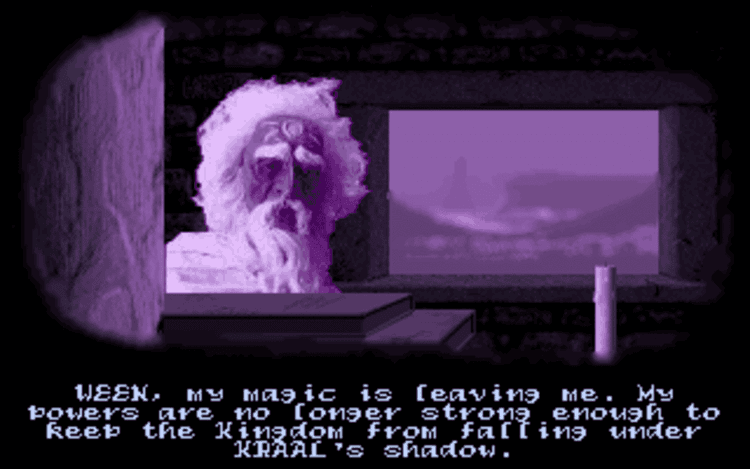
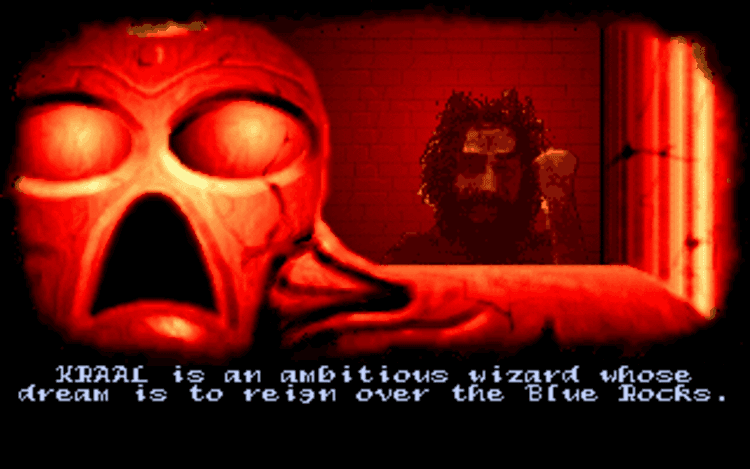
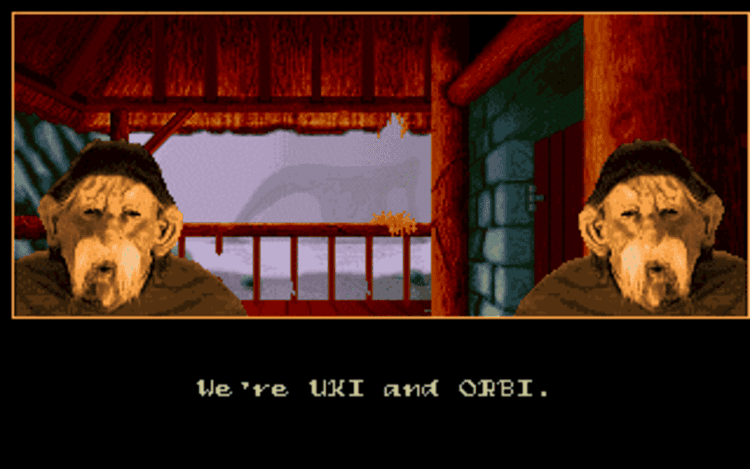
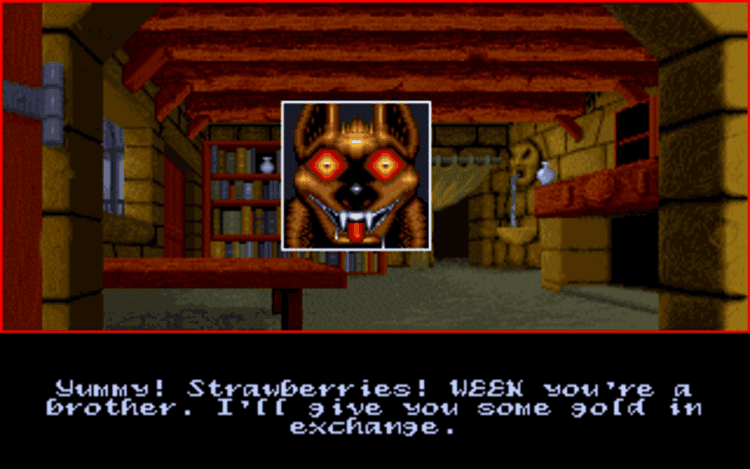


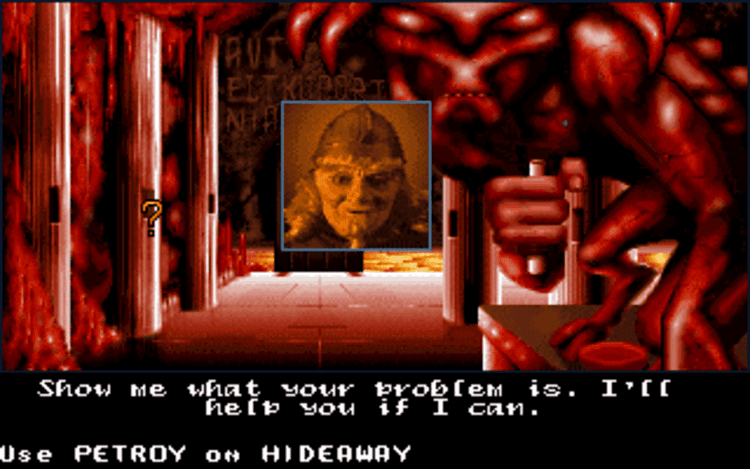

Share game